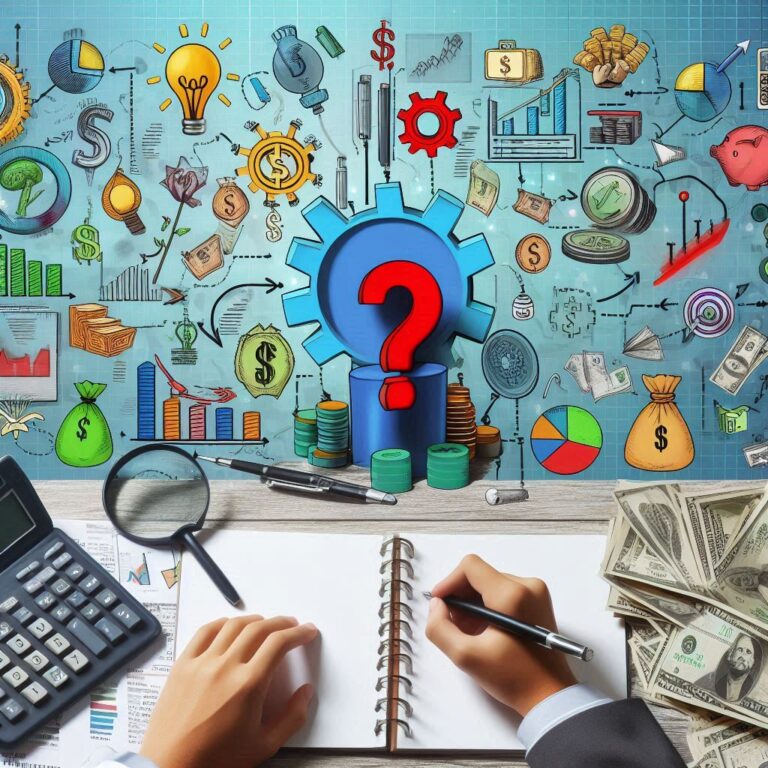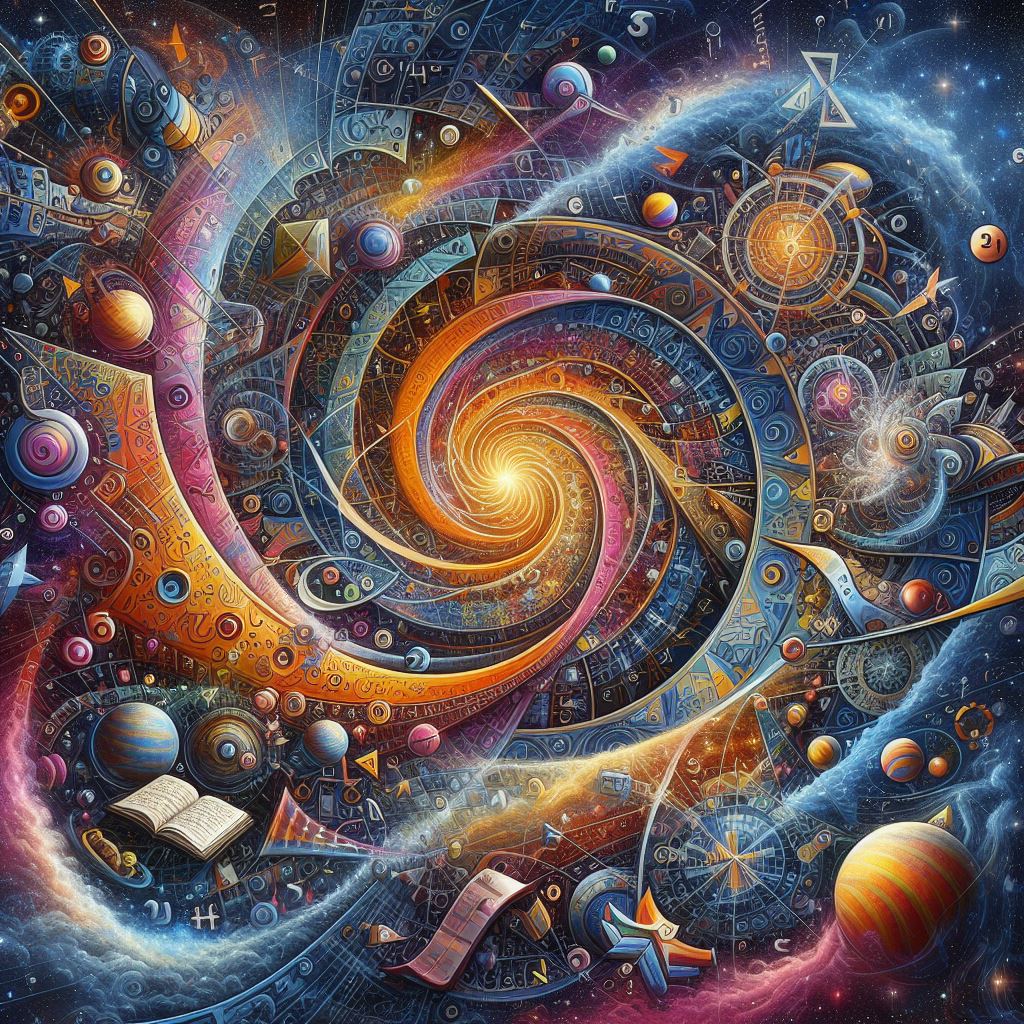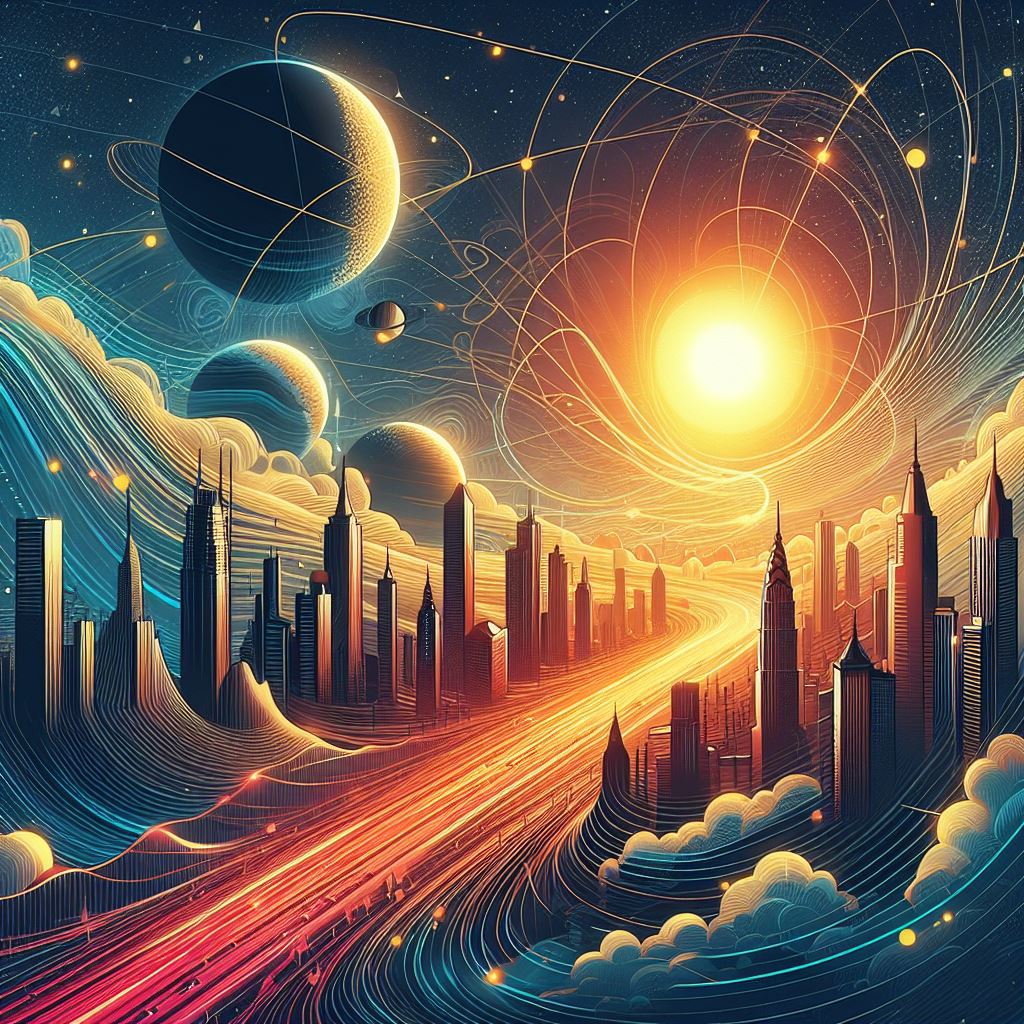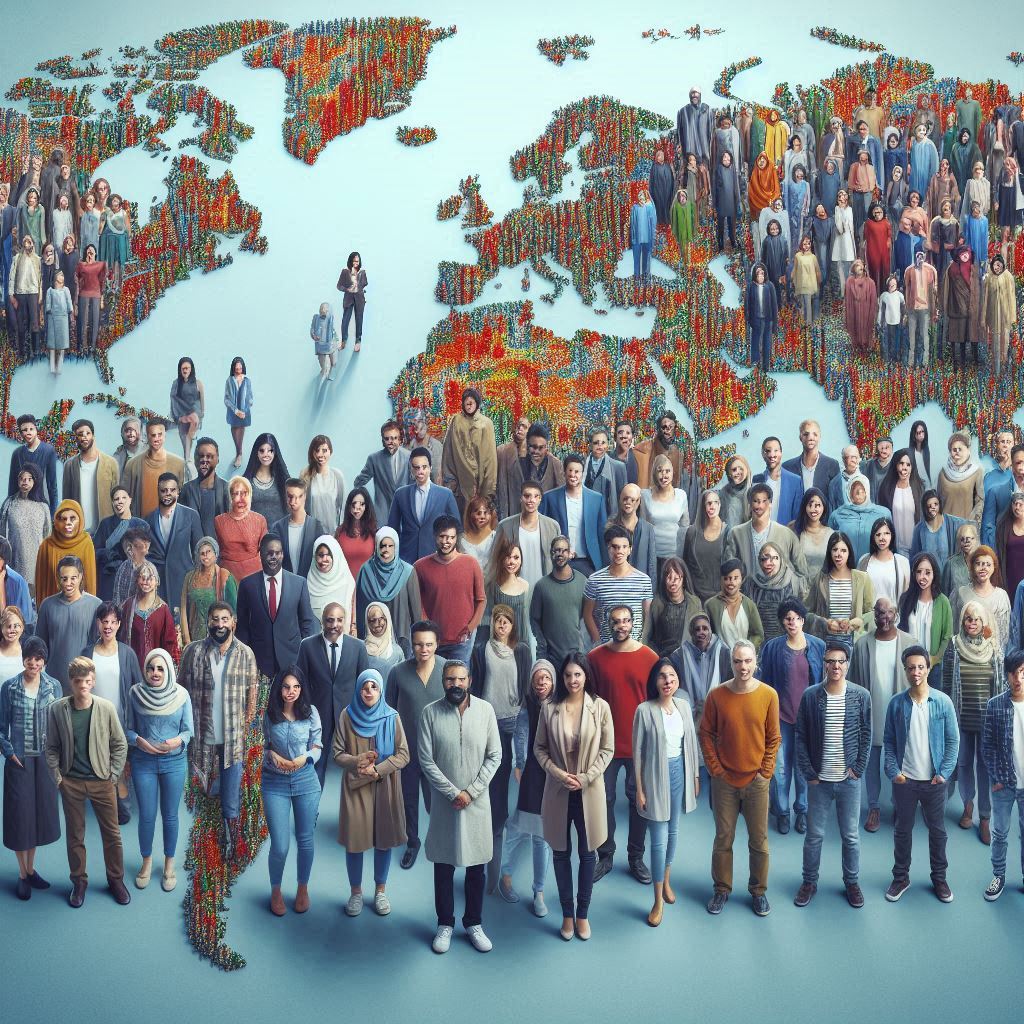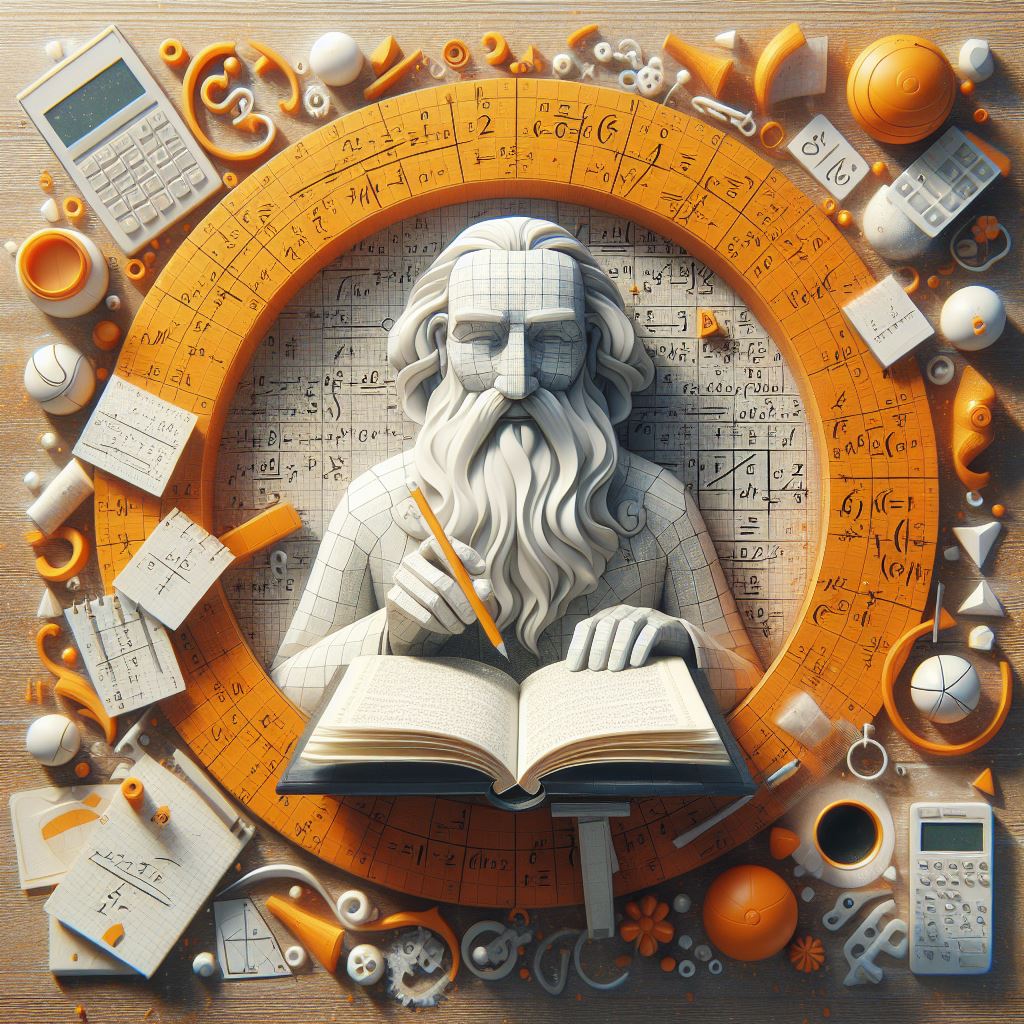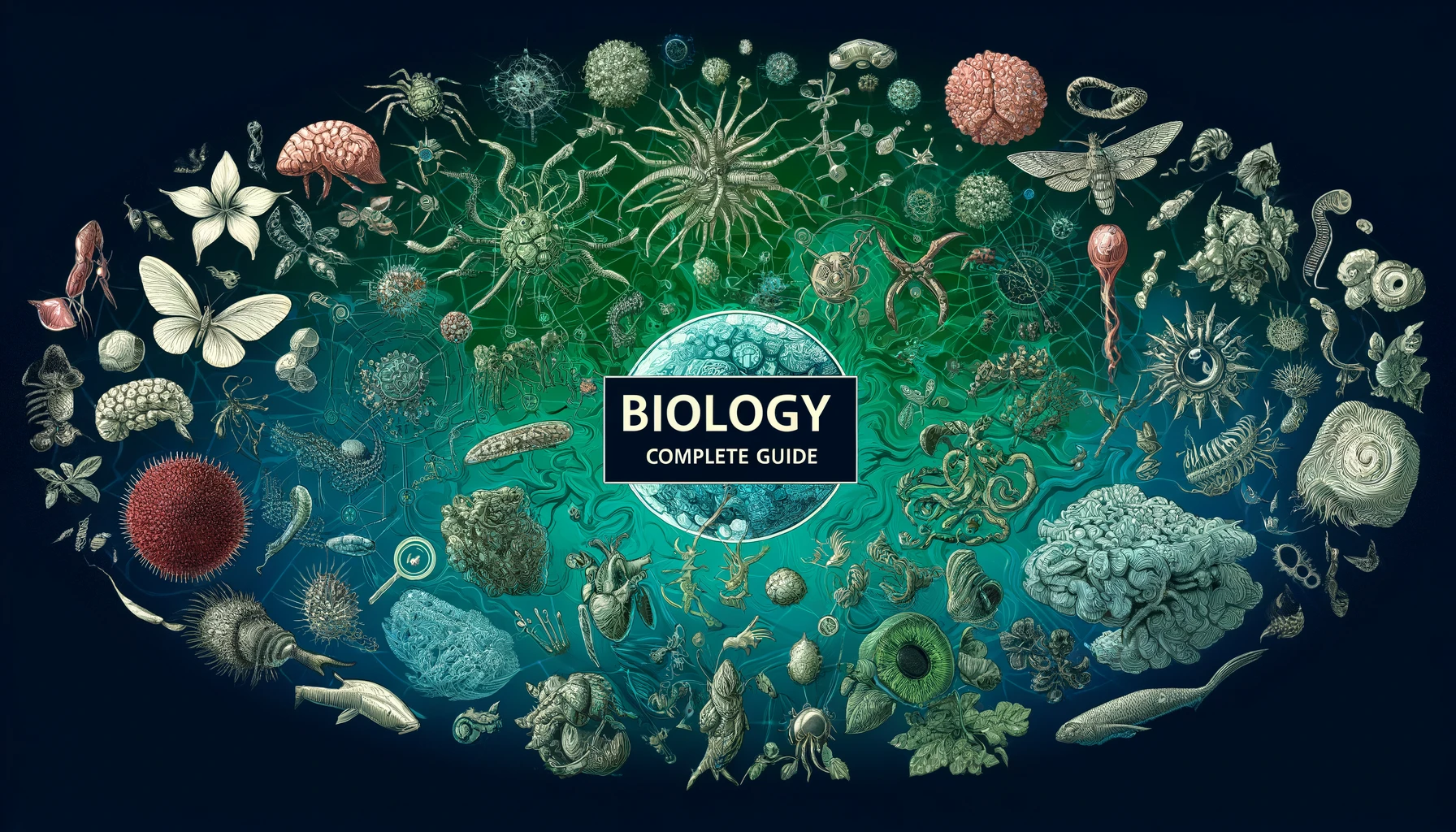The Basic Economic Problem
Scarcity is the basic economic problem where the wants are unlimited but the resources are limited. The more we get richer, the more wants are there but the resources are the same in number.
What are free goods?
Free goods are goods that don’t require resources to produce them and are given free by nature thus there is no opportunity cost to it (the best alternative can be taken too). Example: Peaches and Mangoes are given free by nature but we can produce from both of them.
What are economic goods?
Economic goods are goods that require resources to produce them and are always man-made (not given free by nature) thus they have an opportunity cost to them. Example: A firm can produce either cars or trucks with steel but they cannot produce both so if they produce cars, the truck is the opportunity cost.
Factors of production
Factors of production are the resources used to produce goods and services. There are 4 factors of production which are land, labour, capital, and enterprise.
Land :
Land includes all the resources given by nature from which we can further produce. Example: coal, plains, and mangoes, these are all given by nature and we can further produce from them.
The land is the most immobile factor of production as it cannot be moved from an area to another but only in its traditional form as it can partially be moved like changing the direction of the river to an industrial area. The land is occupationally mobile as it can be used for a range of purposes.
The quantity of land doesn’t increase but the amount can be increased by reclamation and the amount can be decreased by factors like soil erosion.
The quality of land can be increased by fertilizers which make the land fertile and more capable of producing
Capital :
Capital is any man-made good from which we can further produce like machinery, it is man-made but we can further produce from it. Capital goods and consumer goods are the same things but the purpose differs. A car can be bought for traveling and own satisfaction which is a consumer good whereas a car used for taxi service is a capital good as we are further producing from it. Capital and consumer goods are both economic goods as they have an opportunity cost.
The mobility of the capital depends on its type and size as a factory can’t be moved from one country to another but a laptop can be. The occupational mobility of capital also depends on the type as cars cant be used for banking. The quantity of capital can be increased by investment which means spending on capital and net investment means total expenditure in capital whereas depreciation means the value of worn-out capital.
The quality of capital increases when technology improves which makes more efficient production giving firms more profit.
Labour :
Labour includes the physical and mental human effort used in producing. Mental labor is the use of skills to produce a good or service, for example, an engineer has skills and has applied them for producing a car whereas physical labor doesn’t require any qualification, skills, and specialization. Generally, mental labor is paid more as they have specialization and skills, and physical labor is paid less as it can be done by any common person.
Labour has factors affecting mobility where are :
Family ties
The difference in housing prices and availability
The difference in the education system
Travel restrictions: VISA
Lack of information
The occupational mobility of labor generally immobile as it requires particular skills and qualifications
The quantity of labor is affected by:
- Age proportion
- Retirement age
- School leaving age
- Total population
- Attitude to working women
The quality of labor can be increased by providing better education and training which will in the productivity of laborers or labor productivity which means more output per labor.
Enterprise :
Enterprise is the set of entrepreneurs who are ready to bear uncertain risks in a business. They start a business and allocate the resources to the right place to produce goods and services. They receive profit or loss by doing this. Enterprise is the most mobile factor as they can be moved from one area to another and they can bear uncertain risks and receive either profit or loss, they can be moved from one field from another as they know how to allocate the resources which they can do in any field whether it is a juice company or a truck company they will bear the risks. These people are called entrepreneurs.
The number of entrepreneurs can be determined by the universities that provide business studies and also the tax percentage on profits. If fewer universities and more taxes will be there then people will be discouraged to become entrepreneurs.
The quality of enterprise can be improved by more advanced courses by the universities. Better training will increase the quality of the enterprise.
Rewards:
- Land – rent
- Capital – interest
- Labour – wages
- Enterprise – profit
Opportunity cost :
Opportunity cost is the cost of the decision in terms of the best alternative forgone. In simple terms, it is the best alternative forgone.
Eg: A firm producing cars and trucks wants to produce trucks at its max capacity then it has to lose its cars. So if the max capacity of cars is 100 and trucks is 200 and cars is 100 then it loses 100 cars which is the opportunity cost of producing 200 trucks and vice versa
Firms face opportunity cost when they have to choose between two products say juice and yogurt and yogurt gives them more profit thus they will go for it and juice will the opportunity cost for producing yogurt.
Consumers face opportunity cost when they have to choose between products say a laptop or a new A.C, they will go for the product they need the most and say if they get a laptop then A.C will be the opportunity cost and vice versa
Production possibility curve :
The production possibility curve or production possibility frontier shows the maximum output of two products.

A production point shows what is being produced and what may be produced in future
Any point inside the curve shows that the resources are not being used to the fullest
Any point on the curve shows that resources are being used to the fullest
A movement in the PPC shows that resources are being reallocated
For example: if a firm decides to produce 60 cars and 40 trucks and if it wants to produce 100 cars then it has reallocated the resources for producing cars which will result in less production of trucks
Which is the opportunity cost of producing 100 cars
Question :

Answers:
- 50 units
- 5 units of capital goods (35-30=5)

A PPC will shift towards the right if there is an increase in quality or quantity in FOP, it increases the firm’s productive potential(it will be capable of producing more), it is also known as potential economic growth. A PPC will shift towards the left if there is a decrease in quality or quality of FOP


